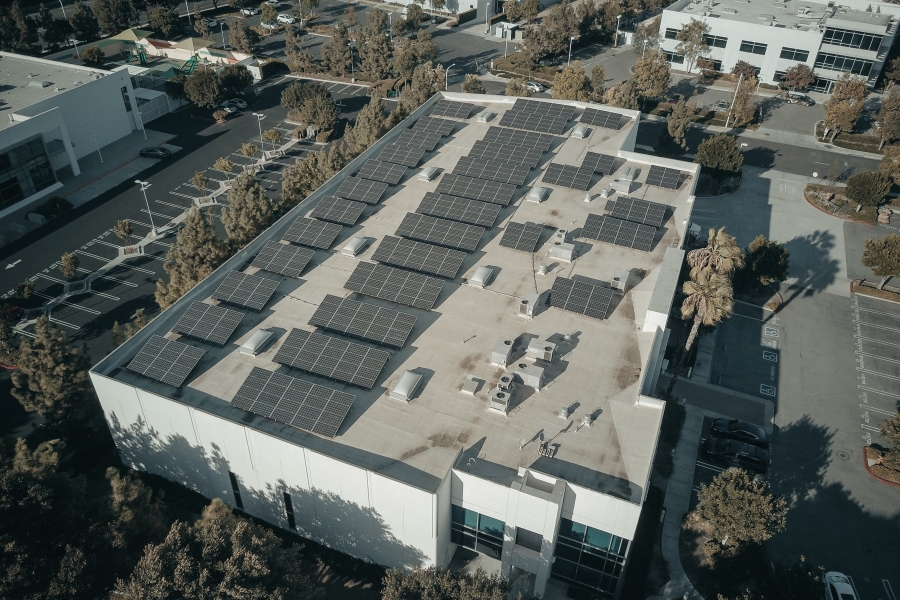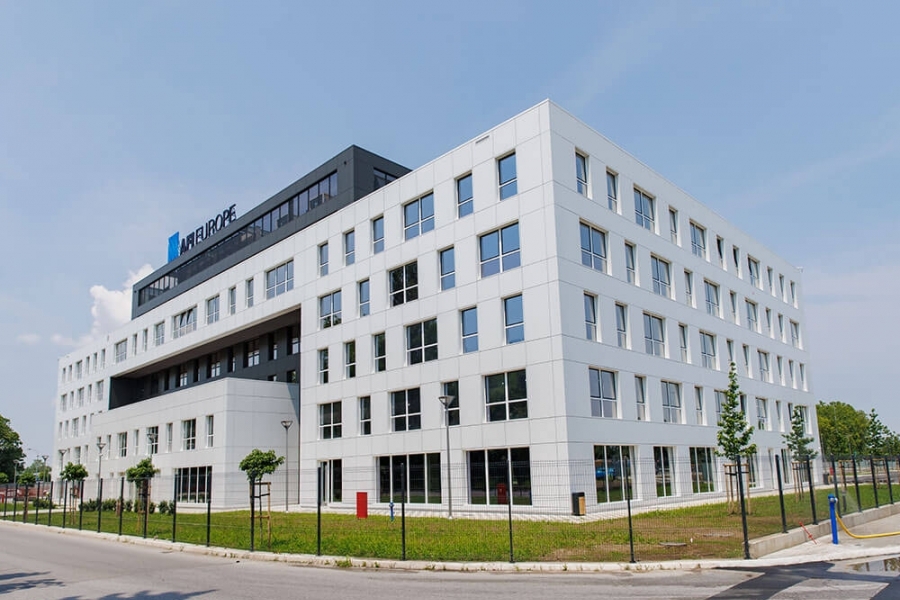
Restaurants require tailored heating systems to meet their specific needs. Comfort, efficiency, and safety are crucial factors to consider when selecting an appropriate heating system for these establishments. In the following text, we will explore different heating options and their suitability for restaurants.
Forced air heating systems, such as furnaces or heat pumps, are commonly used in commercial buildings, including restaurants. These systems utilize ductwork and vents to distribute heated air throughout the space, ensuring quick and widespread heating. It is essential to properly design and maintain these systems to avoid inconsistent temperature distribution and air quality issues.
Radiant heating systems, such as underfloor heating or radiant panels, offer efficient and comfortable heating solutions for restaurants. They work by emitting heat from warm surfaces, such as floors or ceilings, which then radiates to occupants and objects in the space. Radiant heating provides even heat distribution, eliminates air movement, and reduces dust and allergens in the air.
Infrared heating systems use infrared radiation to directly heat objects and people in the room, rather than heating the air. These systems can be installed as overhead panels or wall-mounted units. Infrared heating offers fast and targeted heating, making it a suitable choice for specific areas within a restaurant, such as outdoor seating areas or patio spaces.
Heat recovery systems utilize energy from the restaurants exhaust air to preheat incoming fresh air. These systems capture and transfer the heat energy from the exhaust air before it is released outside. By recovering heat, they reduce energy consumption and improve overall efficiency, ensuring a more sustainable heating solution for restaurants.
When selecting a heating system for a restaurant, it is important to consider factors such as the size and layout of the establishment, occupancy levels, and local climate conditions. Conducting a thorough evaluation of heating requirements and consulting with heating professionals can help determine the most suitable system for the specific needs of the restaurant.
Adapting heating systems for restaurants requires careful consideration of comfort, efficiency, and safety. Evaluating different options and assessing the unique characteristics of the establishment will ensure the selection of a heating system that meets the needs of the occupants while optimizing energy usage and maintaining a pleasant dining environment.
To learn more about our heating system installation and design services, contact us today to find the best solution for your business needs together.

Solar heating is an increasingly popular solution for heating commercial buildings. By harnessing the power of the sun, businesses can enjoy numerous ...
More

As a company engaged in the installation and design of heating systems in the construction industry for residential and commercial buildings, business...
More

Shopping malls are bustling spaces where shoppers come to explore, browse, and make purchases. A crucial aspect of creating a pleasant and inviting en...
More